Reboots have contributed to the durability of a number of movie series. There are two key reasons for a reboot to occur in the first place, for those of you who are curious. A reboot is expected in two situations: first, when a film is a major box office success, and second, when a picture does not do well.
In the latter situation, a film or series that has a lot to offer in terms of story but has been stymied by bad reviews or low box office receipts might be resurrected by a fresh, innovative take. But keep in mind that for every decent reboot, there are a slew of awful ones out there looking to cash in on the fanbase.
Keeping in mind that reboots are either extremely successful or quite disappointing, we’re going to take a close look at 12 of the most underappreciated cartoons that journeyed to the future or, to put it another way, remade themselves.
Phantom 2040 (1994)
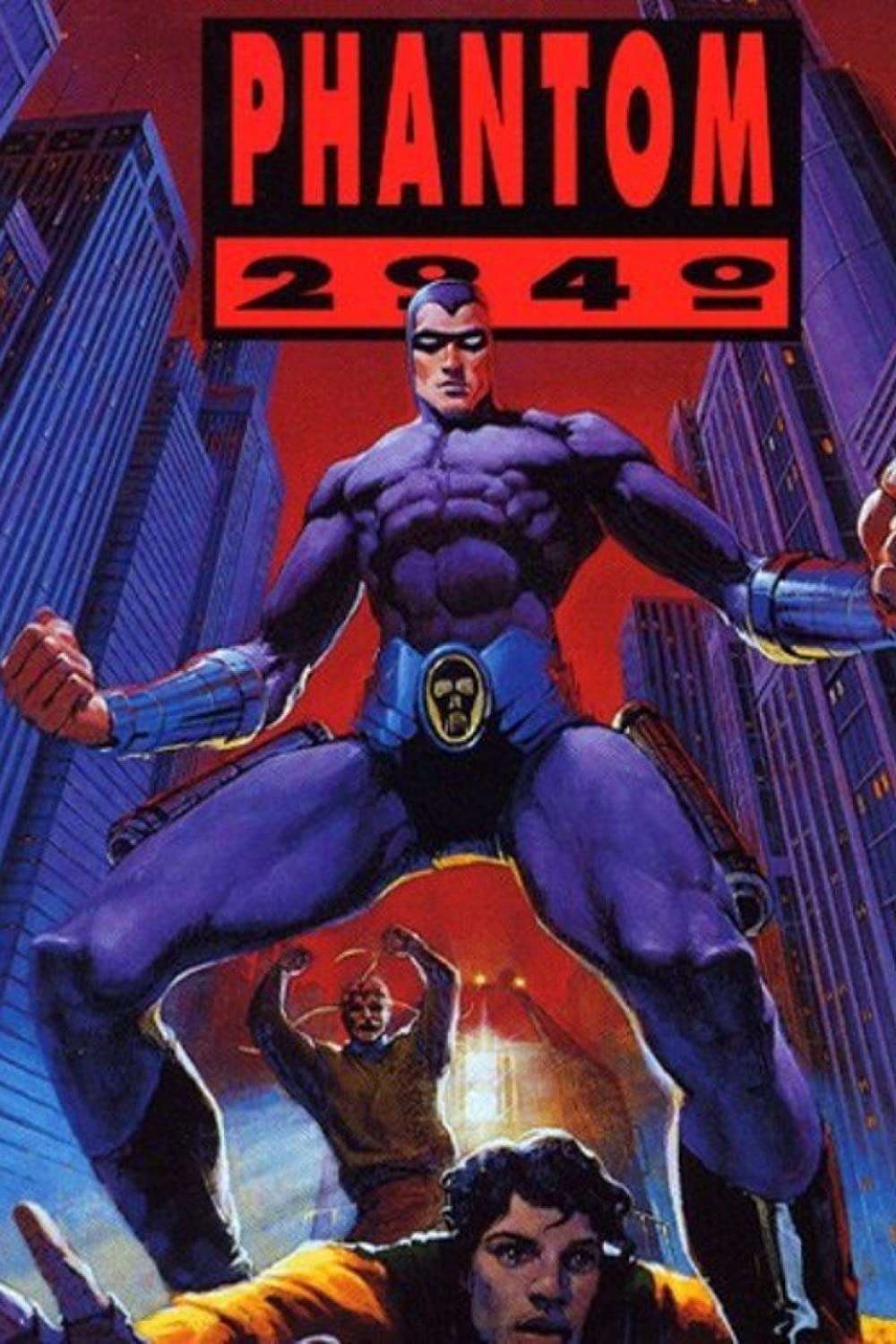
Since the 16th century, the duty of the Phantom has been passed down through the centuries as a heritage from fathers to sons. The Phantom has always been considered as a supernatural figure, with the world believing that he is a single, immortal individual who has lived for ages.
Now, in the year 2040, the early twenty-first century’s environmental disasters and economic resource wars have shattered the Earth’s ecological equilibrium, which was once teeming with life.
While the wealthy and privileged continue to prosper in opulent real estate developments, the majority of the poor are forced to scavenge through garbage to make ends meet.
The largest and the most powerful of the city-statesis Metropia, where the commanding megacorporation Maximum Inc. has enlisted an army of robotic ‘biots’ (Biological Optical Transputer Systems) to create a rather cold, steely urban center, comprised of colossal, residential towers intertwined with Tube Train tunnels.
The company even has further plans to builda fortress of Cyberville, an immense survival shelter for the wealthiest and the richest to retreat when the planet finally yields to its gradually disintegrating state.
The Ghost Jungle remains the solitary hope for the survival of humanity, housing thousands of square miles of mutated vegetation. The secret source of life is apparently hidden beneath Metropia unseen by most.
Fortunately for college student Kit Walker Jr., he is chosen to save the world wearing the famous black mask and the purple suit as the 24th Phantom, the ‘Ghost Who Walks’. Initially young, unconfident, indecisive and an amateur, Kit eventually finds within him the valor and strength to fight against the evil that threatens to sabotage the planet.
This French-American animated series still has an IMDb rating of 7.1, according to Lee Falk and David J. Corbett. Phantom 2040 ran for two seasons, from 1994 to 1996, and produced 35 spectacular episodes.
Writers Judith and Garfield Reeves-Stevens contributed to the cartoon, and they made care to include some unique plot twists. With great designs, cars, gadgets, and weapons, the future scenario is fantastic.
Given that the 23rd Phantom was apparently killed in an accident and Kit Walker Jr., who was only two years old at the time, was completely unaware of his father’s position, the Phantom’s mantle was not really handed here. Do not make the mistake of considering this series, which is loosely based on the comic strip superhero, The Phantom, to be suitable for kids.
It’s not and in fact, it actually caters to an intellectual audience. The animation on display here is a sheer treat for the eyes and we have the famed Korean American animator Peter Chung to thank. The series is quite atmospheric, even for a cartoon it maintains a rather darker tone and one has every reason to be completely absorbed in it.
Also, many of you might not know this but the whole futuristic world setting took inspiration from Ridley Scott’s 1982 sci-fi flick, Blade Runner. The two works share similarities in terms of the technological advancement, and the neo noir feel.
This makes one question why a series like this never received the critical acclaim that it so richly deserved at the time. After all, it’s really well-made, and it’ll almost certainly keep people glued to their televisions. The finest part was that, unlike other animated shows, it took itself seriously, which was unusual at the time.
Spider-Man Unlimited (1999)
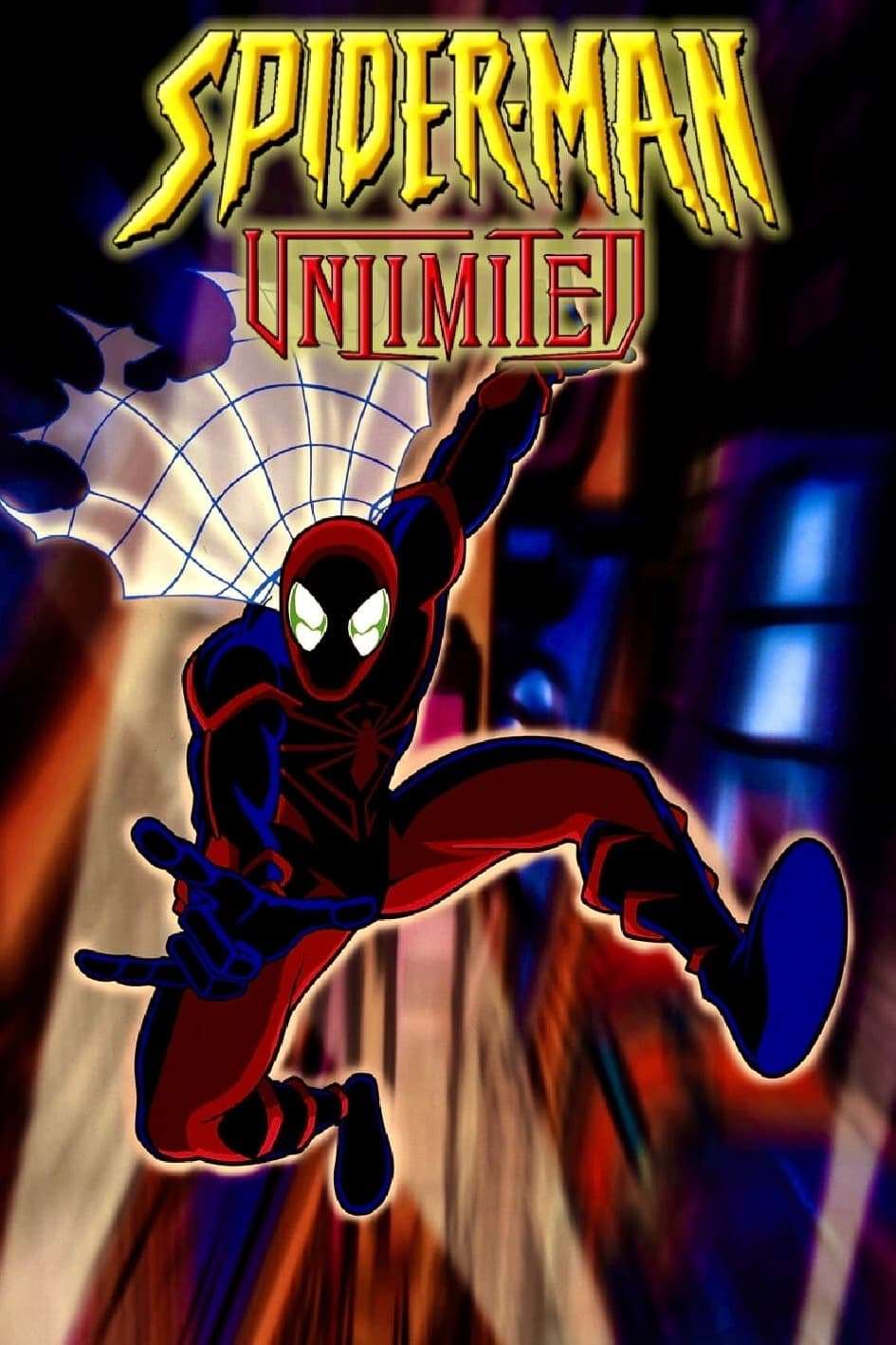
Spider-Man sees symbiote villains Venom and Carnage boarding the shuttlecraft while covering John Jameson’s lone journey to Counter-Earth, and does his best to stop them. He is, however, unsuccessful, and contact with the shuttle is lost soon after.
It’s little surprise that the public and the media hold Spider-Man accountable, with a bounty placed on his head. Jameson is ultimately able to contact Earth via a distress signal, prompting Spider-Man to borrow nanotechnology from the Fantastic Four’s Reed Richards.
He uses this information to create a new suit with integrated web shooters, stealth technologies, and anti-symbiote sonic weaponry. But upon arriving, he finds the High Evolutionary, a human tired of humanity, and Beastials, the dominant species who are a fusion of humans and animals.
Meanwhile, Jameson has joined hands with a revolutionary group of humans there, ones that are sick of being treated as the second-class minority, and will not return to Earth unless the High Revolutionary is brought down.
Until that happens, Spider-man does his best to blend in as Peter Parker into the new society, whilst trying to defeat the Beastial versions of his rogues gallery, along with Venom and Carnage.
This Saban Entertainment short-run animated series debuted in 1999, only to be surpassed by both Pokémon and the then-newly released Digimon. While there’s no doubting that the first few episodes of Spider-Man Unlimited received positive reviews, the show was discontinued after only a few episodes.
Fox Kids picked up the series where it left off and aired it from 2000 to 2001, with a total of 13 thrilling segments, the last of which ended on a deliberate cliffhanger. Originally, the major goal of this series was to create a low-budget adaptation of The Amazing Spider-first Man’s 26 issues.
However, Sony and Marvel had already made a deal to produce Sam Raimi’s 2002 superhero movie, Spider-Man. This meant that Saban was literally cut out, and could not possibly use the traditional Spider-Man costume. To everyone wondering why the series featured an all-new suit for Spider-Man in the first place, there, you have your answer now!
The original idea had Spider-Man stranded on Counter-Earth only to discover that his uncle Ben was very much alive and that the Earth’s version of Peter Parker had become evil after encountering the alien symbiote.
Marvel didn’t like the whole idea of moving ahead with two versions of Spider-Man precisely because of the backlash of the 90s Clone Saga from the comics. The end result was that the idea of Uncle Ben and a second Spider-Man wasscrapped and instead, Venom and Carnage were added to the series.
Unlike the previous series, which relied heavily on digital ink and paint for animation, this one was totally created using traditional cels. You’ll also be astonished to learn that a structure for a second season with 13 episodes was designed, along with six screenplays, but the episodes were never animated.
After helping the revolutionary party defeat the High Revolutionary and restore peace on Counter-Earth, the second season would have focused on Spider-solitary Man’s adventures, with the hero finding his way back to Earth. Anyway, coming back to Spider-man Unlimited, remember the nano-tech suit the hero donned?
Well, the suit actually featured a cape, which was more like a holdover from the creative team, when they had briefly considered adapting Spider-Man 2099. In short, Patrick Archibald’s series certainly deserved way more than just 13 episodes.
Batman Beyond (1999)
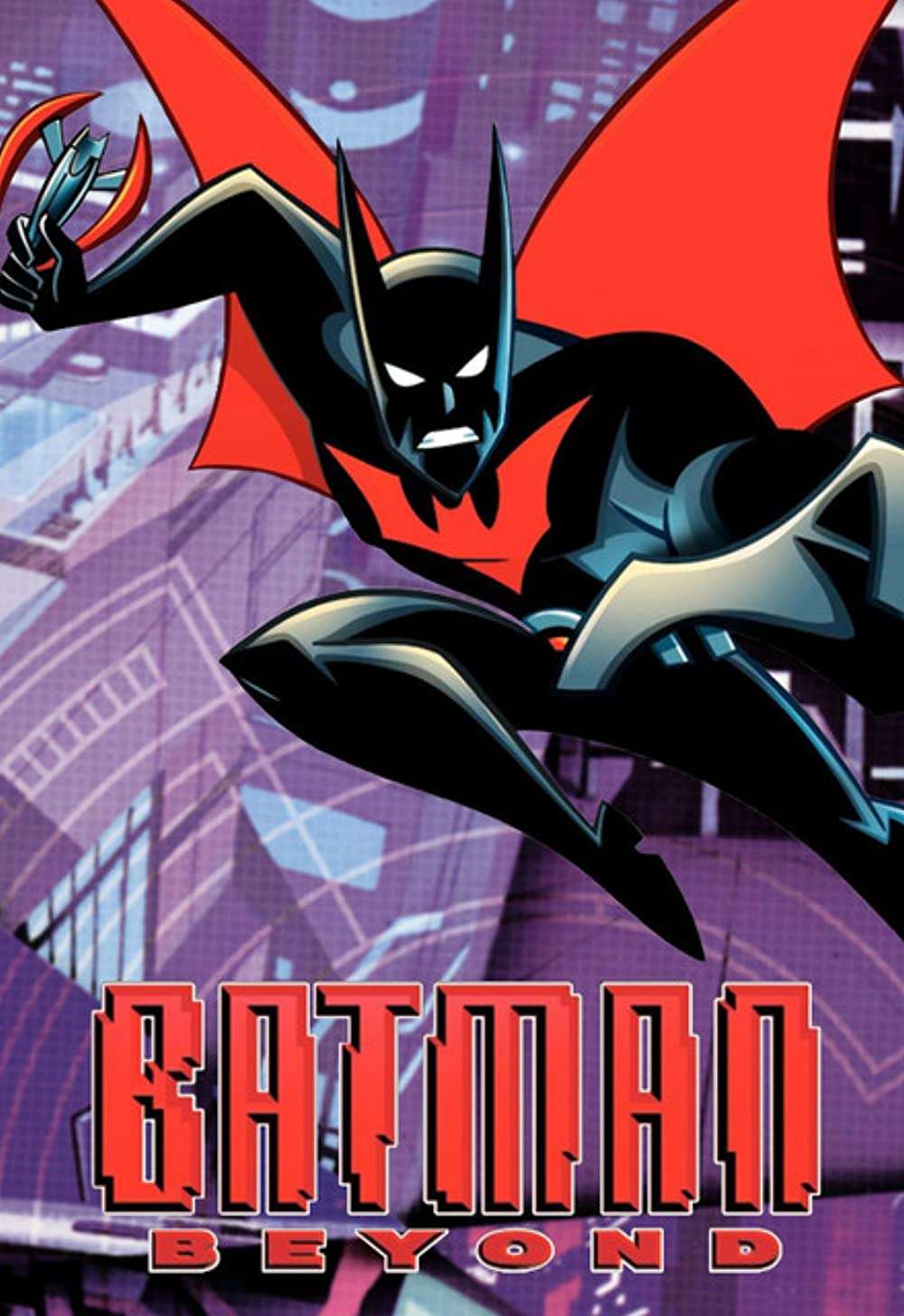
In the year 2019, an aged Bruce Wayne, despite his health concerns, continues to battle crime as Batman. It goes without saying that, despite his new high-tech Batsuit, Batman has a lot of difficulty dealing with criminals in the same way he used to.
Batman had a slight heart attack while rescuing a kidnapped heiress and the daughter of an old friend, and in fear of losing his life to the abductors, he breaks his life-long rule of not using a pistol.
Embarrassed at how far he was actually willing to go to protect himself, and the realization that it was precisely that particular weapon which took the lives of his parents and drove him to become Batman in the first place, Bruce retires from fighting crime, shuts down the Batcave and vows never to use the Batsuit again.
The story then leapsforward 20 years, where we see a rather futuristic version of the old Gotham City and a megapolis boastingskyscrapers and fancy flying vehicles. Bruce, having retired from his role as the Dark Knight is now in his 70s, lives a reclusive, bitter life in the Wayne Manor along with his guard dog, Ace.
But, like the phoenix rising from the ashes, a new Batman is on his way to take the place of the old one. Terry McGinnis, a 16-year-old high school student and repentant troublemaker, revives the role of Batman, becoming Bruce’s newfound errand boy, motivated by regret and a desire for vengeance.
The legend goes on, and the new Batman ventures into uncharted territory under the guidance of an elderly Wayne, eventually forming his own rogues gallery and fighting some of his mentor’s old opponents in the harsh, future environment of Gotham.
Created by Bruce Timm, Paul Dini and Alan Burnett, Batman Beyond is the fourth and final series in the DC Animated Universe, spanning three seasons and releasing 52 electrifying episodes. Produced by Warner Bros.
Animation in collaboration with DC Comics, this superhero animated tv series not only boasts a current IMDb rating of 8.1 but also has a massive cult following. In fact, it’s the first Batman series to portray the hero as a teenager.
Boasting an intriguing premise, a well-written, gripping storyline and fabulous animation, this show is fantastic right from the beginning till the end.The highlight of the series has to be the relationship between Bruce and Terry.
The series also included some of the best villains ever, like the radiation-emitting meta human Blight, the sound weaponizerShriek, the alluring shapeshifterInque, and a new incarnation of the Royal Flush Gang.
In fact, the future concept, new villains alongside old ones, an amazing voice cast, and some smart, hilarious dialogue make us question why a fourth season wasn’t made. If you enjoyed the last cartoon series, or even the comics, you will enjoy this show. We strongly advise you to give it a try.
He-Man and the Masters of the Universe (2002)
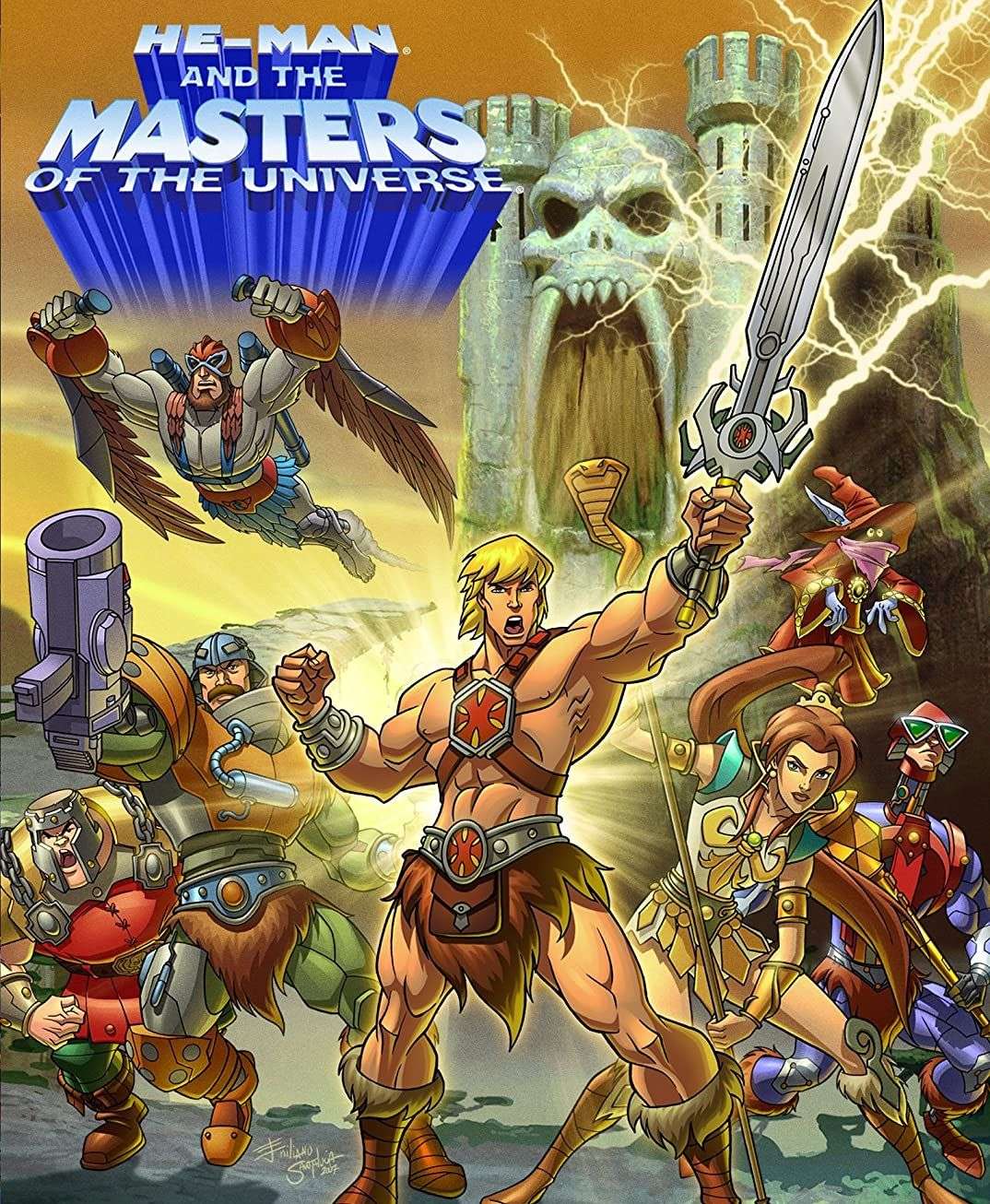
Eternia is a land of myth, magic, and advanced technology where unusual creatures abound, great heroes do astonishing feats, and vengeful adversaries wreak havoc. The source of universal knowledge is buried deep within Castle Grayskull, which the Elders of Eternia hid years ago.
Prince Adam, King Randor’s young son, is the series’ main character. Prince Adam, who started out as a pampered, carefree heir to the throne, eventually accepts his fate and is given the ‘Sword of Power.’ He is changed into He-Man, the most powerful being in the cosmos, after being endowed with fantastic secret powers.
Now, it is up to He-Man and the Masters of the Universe to guard Castle Grayskull and all of Eternia from the former’s tyrannical uncle and archenemy, Skeletor and his evil minions. With Skeletor aiming to conquer the mysterious fortress from which He-Man draws his powers, the Dark Lord has to be stopped before he has enough power to rule all of Eternia and possibly the whole universe.
He-Man and the Masters of the Universe ran for two seasons on Cartoon Network’s Toonami, with 39 episodes. You’ll be shocked to learn that this cartoon show reintroduced several writers from the previous series, such as Larry DiTillio, however creator Michael Halperin deserves credit for creating such a fantastic American-Canadian animated enterprise.
The two seasons did a great job of capturing the spirit of the 1980s cartoon series while taking a much more adult approach. The fact that this version attempted to return to the legend to its roots, and provided much more depth for each of the characters,gave this reboot a fresh spinmaking it all the more interesting.
The series featured all the same characters from the old He-Man but with improved character development and a much crisper storyline. Even the villains for that matter are so much more detailed here; Skeletor and Evil-Lyn unquestionably deserve a special mention their cunning and wickedways.
The animation here is also superior and commendableand it goes without saying that the 20-year difference in animation did work in favor of the 2002 series. Perhaps the biggest difference was the fact that Prince Adam’s pet green tiger, Cringer, did not talk here as he did in the original series.
The producers of the reboot were confident enough that Cringer’s facial expressions and movements would do the trick, and thank God they did! Well, it would not be wrong to say that the new He-Man can be regarded as an equal to its predecessor, if not better. But we will leave that to you to decide. We highly recommend!
Voltron: Legendary Defender (2016)

The Galra empire has tormented the universe for millennia by destroying other civilizations and enslaving numerous races. There is only one entity strong enough to oppose the empire. Voltron, often known as the ‘Defender of the Universe,’ is who it is. The Paladins are the pilots of the five lion robots that make up the 328-foot tall robot warrior.
At the crux of the war which concluded with the annihilation of planet Altea , King Alfor of Altea separated the parts ofVoltronso as to prevent the robot from falling into the hands of Zarkon, the evil king of Galra.
King Alfor further merged the energies of the five lions with his daughter Allura’s life force and ended up sending each of them across the universe to various locations till the next generation of Paladins appeared to take control.
Princess Allura was put into hiding to the planet Arus with the Black Lion, along with her royal advisor Coran and the Altean Castle of Lions. Cut to the present day, and the Galra Empire’s pursuit for Voltron has taken them to the solar system of Earth.
Meanwhile, Shiro, Keith, Lance, Pidge, and Hunk, a group of five youths and space pilots, come across the Blue Lion and immediately become a part of the intergalactic conflict. That’s where they meet Princess Allura, become the new Paladins, and bring the five lions together to become Voltron, kicking off their fight to free the globe from the oppressive Galra Empire.
Created by Lauren Montgomery and Joaquim Dos Santos, this animated mecha streaming television series premiered on Netflix back in 2016. The series was produced by DreamWorks Animation Television and World Events Productions, and was animated by Mir, a South Korean company.
It lasted eight seasons and produced 78 engaging episodes. Everything about Voltron: Legendary Defender is fantastic, from the action to the characters. The animation style is top-notch here, whilst staying true to the original series.
Even the narratives do an excellent job of maintaining your attention and keeping you guessing about what will happen next. The characters are engaging, the pacing is superb, and the battle scenes are without a doubt among the best animated sequences available.
The fresh take of this version here is also backed bystrong characterization, which in turn makes the storyline far superior to the original, but at the same time, the core essence of the show’s predecessor is maintained.
In spite of the new surroundings, the series is jam packed with references from the original series. Boasting anIMDb rating of 8.1, we sincerely recommend that you give this cartoon a watch and while you do so, please keep an open mind. After all, this is the new Voltron – Voltron: Legendary Defender.
ThunderCats (2011)
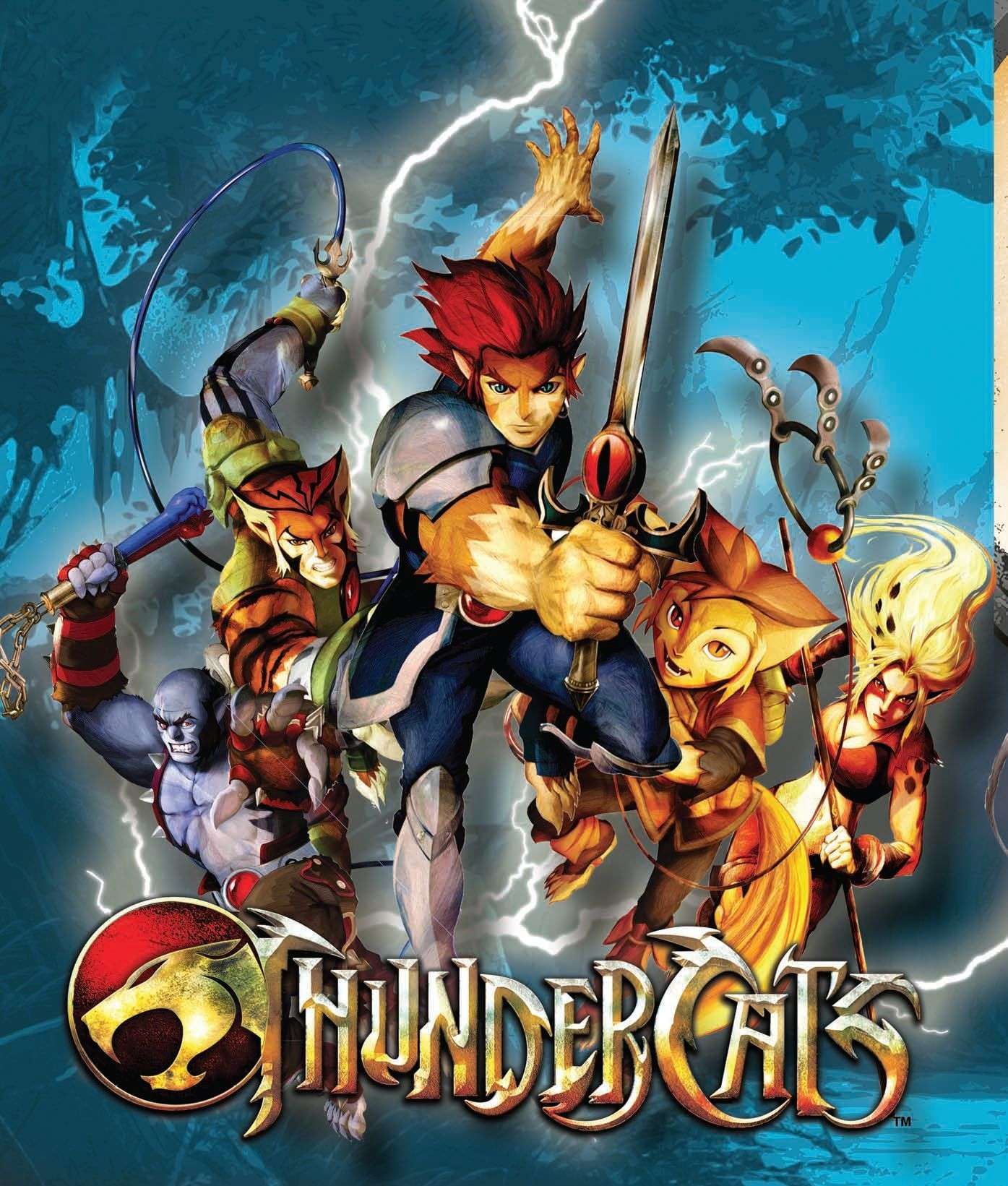
For millennia, the Cats have lived and thrived in the kingdom of Thundera on the planet Third Earth, commanded by King Claudus and his son and heir, Lion-O. The Lizard army, led by Mumm-Ra, the old evil sorcerer, ambushes the kingdom one night.
The Lizards also bring with them some form of advanced technology, which the Cats are unfamiliar with. As a result, their homeland is destroyed, Claudus is killed by Mumm-Ra, and the majority of the Cats are imprisoned. Only a small handful of Thunderians, led by Lion-O, manages to survive and flee.
They are on the lookout for the Book of Omens, a tome that holds the knowledge required to overthrow Mumm-Ra. After finding it, the ThunderCats realize that in order to conquer Mumm-Ra, they must bring together all kinds of species that are living on the planet.
The ThunderCats also learn that they have to locate all the Power Stones, which if found by their enemy, will give him the power to not only take over the universe but also make him the most powerful being in existence.
This animated television series, created by Ethan Spaulding and Michael Jelenic, is a revival of the original ThunderCats, which first aired in 1985. The 2011 animated show, which was originally supposed to last for 52 episodes but ended up only having one season with 26 episodes, has a 7.8 rating on IMDbat.
To those of you who are wondering why the show was cancelled after the first season, it was stated that the series was cancelled due to a lack of toy sales. The planned second season would have lasted 39 episodes and would have delved into some major character plotlines.
For starters, Snarf’s history would have been revealed; Pumyra would have been at odds with Lion-O, respecting his nobility but also resenting him at the same time for not saving her; Lynx-O would have made an appearance and Slithe would have deceived Mumm-Ra to help Lion-O.Now, that would have been something, right?
Anyway, coming back to the storyline of the reboot, the series took on a much darker, cinematic approach compared to the original, adding more shades of gray to the story, and putting way more focus on the construction of the characters.
The whole idea of retaining the original elements and adding new, attractive features to the story worked mostly in the favor of the reboot. If you pay close attention, you will see how the cartoon has kept the essence of the original intact.
There are some who have addressed this version as being more fruitful than the original and there are some who still think that its predecessor was more successful, but you cannot deny that the new version did bless us with some of the best cartoon episodes ever. Definitely worth watching!
Teenage Mutant Ninja Turtles (2003)
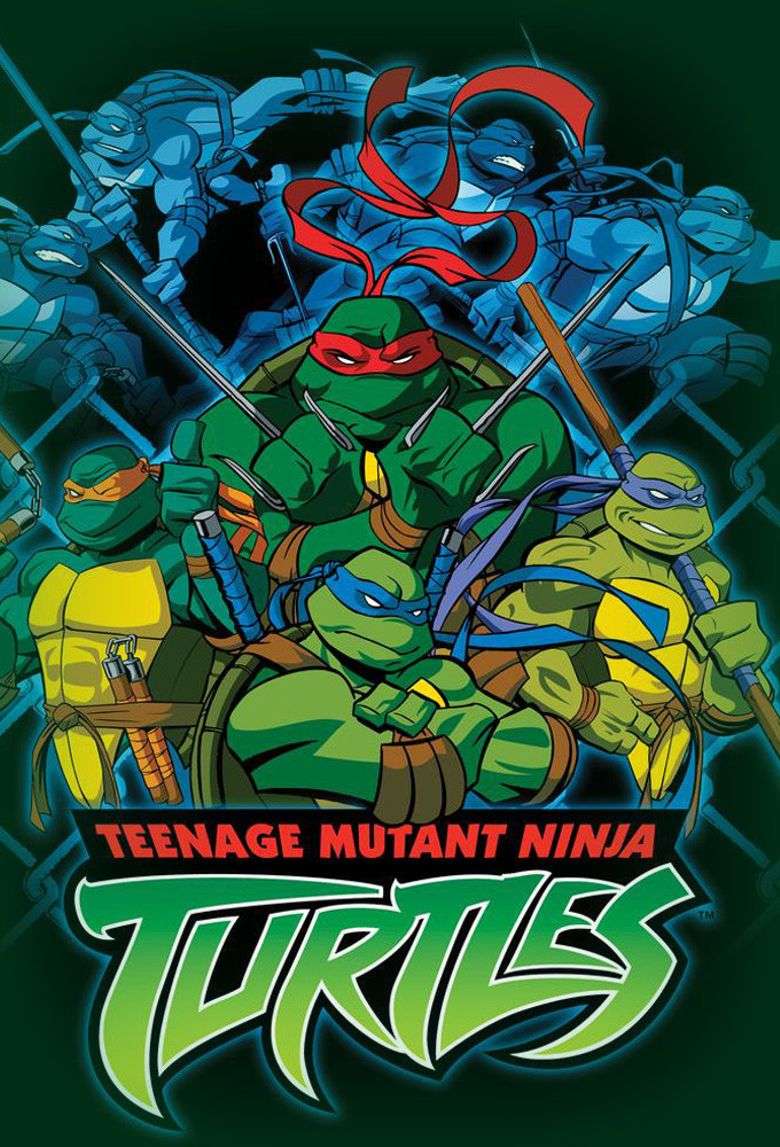
The turtle superheroes have returned with a brand-new action-packed series! The plot is around how the ruthless crimelord Shredder and his diabolical associates – the brilliant Baxter Stockman and Hun’s gang of vicious street punks, the Purple Dragons – have turned New York City into their main stronghold.
It’s time for Leonardo, Donatello, Raphael, and Michelangelo to step forth and battle these threats to the city after fifteen years of living and training in the safety of the sewers under the direction of their sensei, Master Splinter. With the help of their leader Master Splinter and other allies such as April O’Neil and Casey Jones, the quartet are in for the fight of their lives.
Full credit to creators Kevin Eastman, Peter Laird and Lloyd Goldfine for making the new cartoon look more like one of the original comic book storylines. Laird deserves a special mention for his significant input into the show, and the fact that he persistently worked with not only Goldfine but also the whole production team to make this series look as close to the original Mirage comics as possible.
If you look at the design of the turtles, you will see how the series mirrors the way the characters were actually drawn in the comics – brawny, acrobatic and superior. The 2003 reboot is remembered for a lot of reasons; to begin with, it is the first animated series to feature the Triceratons in more than one episode and explore their culture too.
Next, it made Casey Jones a regular character with a true past explaining his vigilante motivations, whereas he was only an occasional guest in the previous show. Finally, Karai is introduced for the first time in this series. Fourth, Baxter Stockman’s character, like in the original Mirage comics, is African American.
Fifth, the fact that each of the 156 episodes included here is related to the next and is not a standalone story offers this series a broader expanding storyline over the course of the seven seasons. The list is pretty long and we can go on but we’d really like you to watch this cartoon, which still holds a 7.8 IMDb rating to this very day.
Sherlock Holmes in the 22nd Century (1999)
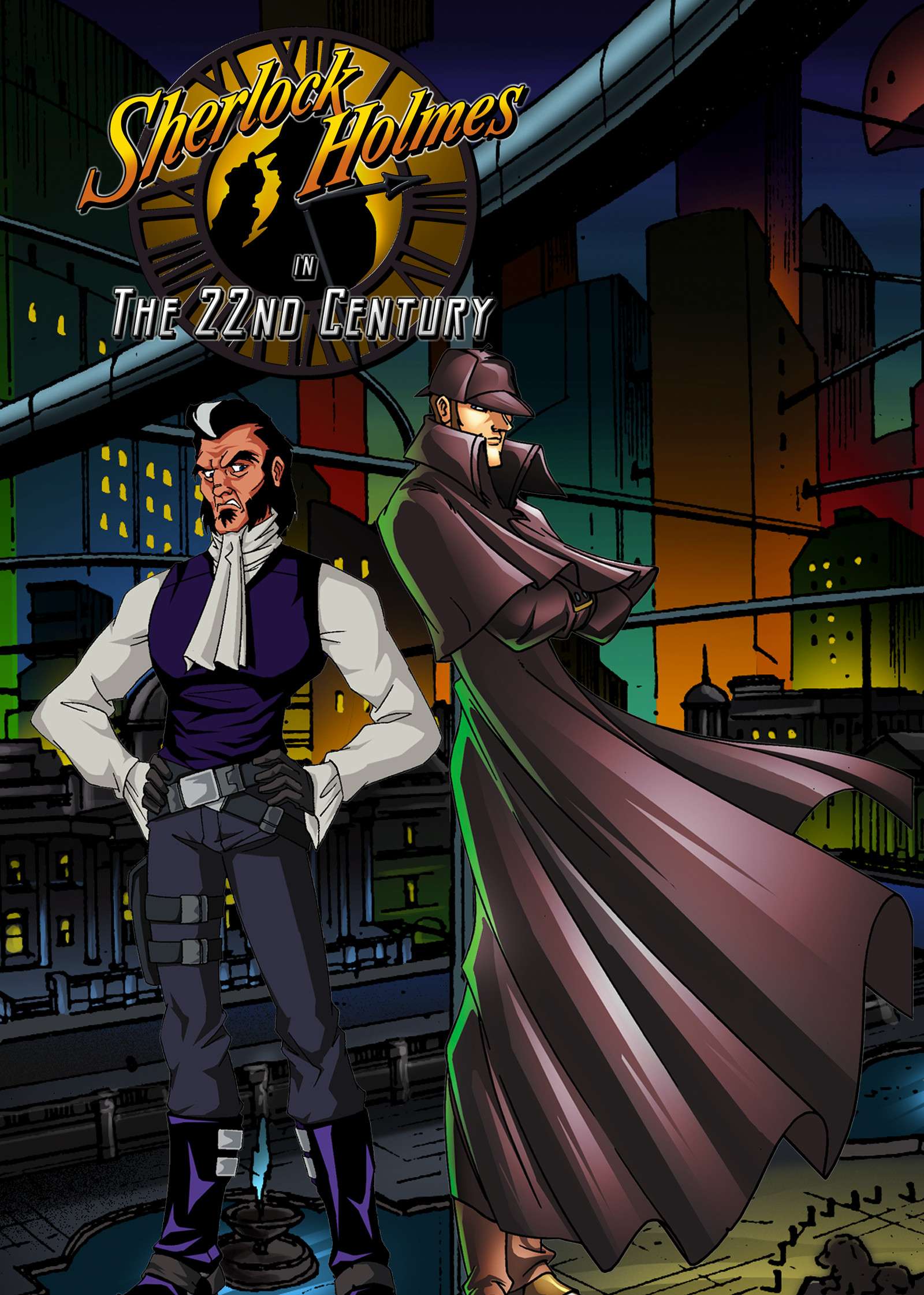
Inspector Beth Lestrade of New Scotland Yard is hunting the horrifically disfigured French rogue scientist Martin Fenwick when it suddenly dawns on her that his partner is none other than the 19th century criminal genius, Professor James Moriarty, in the year 2103 in New London.
It’s also revealed that he’s not the real Moriarty, but rather a clone made from cells retrieved from his body, which Sherlock Holmes buried in a Swiss ice cave. Lestrade is aware that Holmes’ remains had been kept in a glass-walled, honey-filled coffinlying at New Scotland Yard’s basement since his death.
The biologist, who has just pioneered a cellular rejuvenation process, uses his technique to give life and youth back to Holmes’s body. All of this is done so that the detective can once again fight Moriarty. Holmes comes back to his Baker Street rooms, which had been conserved as a museum.
Lestrade’scompu-droid is also able to access the original Watson’s journals and takes up his name, appearance, vocal sound, gestures and movements in order to aid Holmes not only in his crime-solving chores but also help him adjust to the new surroundings of the Great Britain, especially in the 22nd century.
We have Sandy Ross to give full credit to for coming up with the whole concept for this series. After all, it was during her skiing expedition in Aspen that she came up with the idea. This British American animated venture saw 26 thrilling episodes released, and was even nominated for a Daytime Emmy for special Class Animated Program, a fact that we have creator Phil Harnage and director Paul Quinn to thank for.
Every episode is influenced by Sir Arthur Conan Doyle’s literary works. The Adventures of the Empty House, The Five Orange Pips, The Adventure of the Engineer’s Thumb, The Read Headed League, and The Adventure of the Speckled Band, for example, are all complete rewrites of the original stories.
Visually, the series is a wonderful blend of conventional 2-D and 3-D CGI animation, allowing viewers to see the elegance of hand-drawn animation with computer-generated animation, which is largely used for the vehicles. If you ever have the chance, don’t miss out on this underappreciated but entertaining cartoon.
Real Adventures of Jonny Quest (1996)
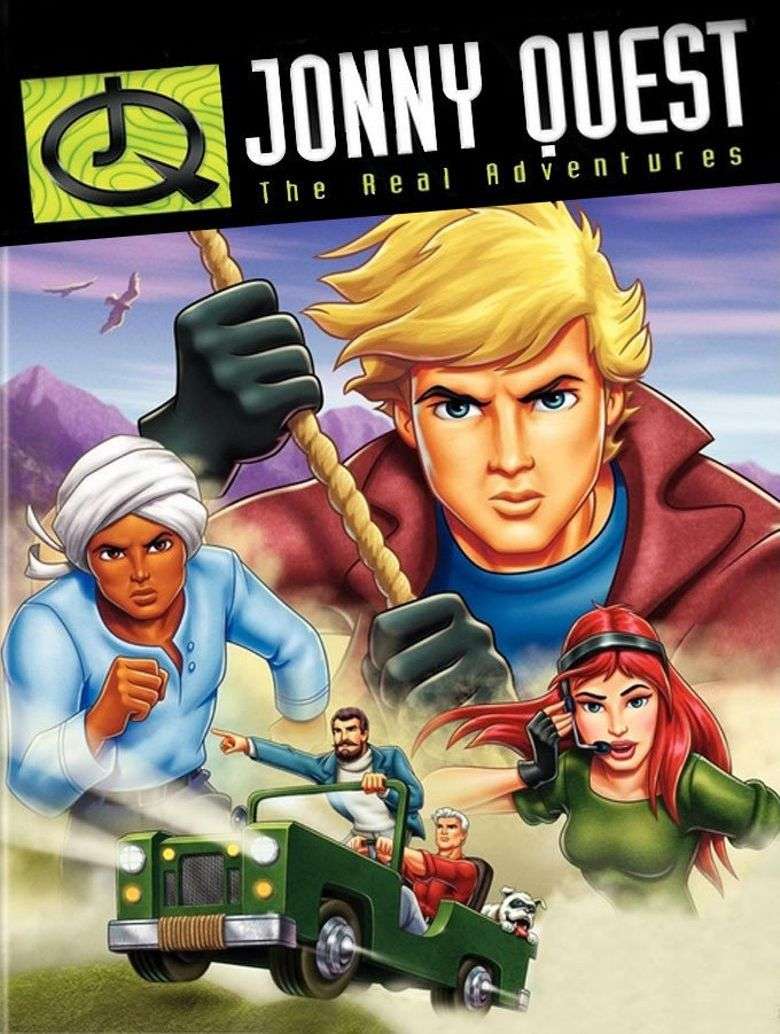
This animated television series is a spin-off of Jonny Quest, a 1964 animated sci-fi adventure series, and The New Adventures of Jonny Quest, a 1986 animated series. The narrative of the series revolves around computer whiz Jonny Quest, who, together with Jessie Bannon and Hadji Singh, accompany Dr. Benton Quest and his bodyguard in a two-season, 52-episode adventure.
Battle evildoers, find secret artefacts, and solve puzzles in startlingly unusual settings as you race Bannon through the oddest of phenomena, tales, and mysteries. The action mostly takes place in the virtual reality domain called the QuestWorld, which is a three-dimensional cyberspace realm rendered with computer animationthat can be entered using virtual reality headsets.
Even after 25 years, it is still hard to forget the introduction theme song of the reboot. Many of you might not know this but the song was actually inspired from the main theme of Jan de Bont’s 1994 action thriller flick, Speed.
Peter Lawrence and Takashi Masunaga along with Mike Milo and Davis Doi deserve special commendation as the co-creators and directors of this show. This version was the first action-oriented series by Cartoon Network, serving up action, drama, adventure, comedy, sci-fi and suspense; the reboot literally had everything.
In addition to being nominated for an animated sound editing Golden Reel Award in 1998 and a Daytime Emmy Award for music direction and composition in 1997, the cartoon contained real-life phenomena that piqued viewers’ interest and kept them glued to their televisions.
We’re talking about the episodes about the Nazca Airstrips, the Teotihuacan Ruins, and even the possibility of the Giant Squid’s existence. Lawrence even relocated the family to a new property on the Maine coast, complete with cottages, barns, and workshops.
The rooms the characters inhabited were made to suit each of their tastes; there was a library for Dr. Quest, a workshop for Jonny, a computer-furnished lair for Jessie, a dojo and gym for Race and a lighthouse lookout mainly for Hadji to meditate. Dr. Quest also had a fleet of vehicles which included a 1940s biplane and a catamaran.
Lawrence held the reboot to a pretty high standard in terms of the storyline, especially the writing. In fact, he actually believed that every episode had the potential to be turned into a movie. Well, looks like the only disappointment here is the fact that series ended real soon. Nevertheless, we highly recommend this one!
Spider-Man: The New Animated Series (2003)
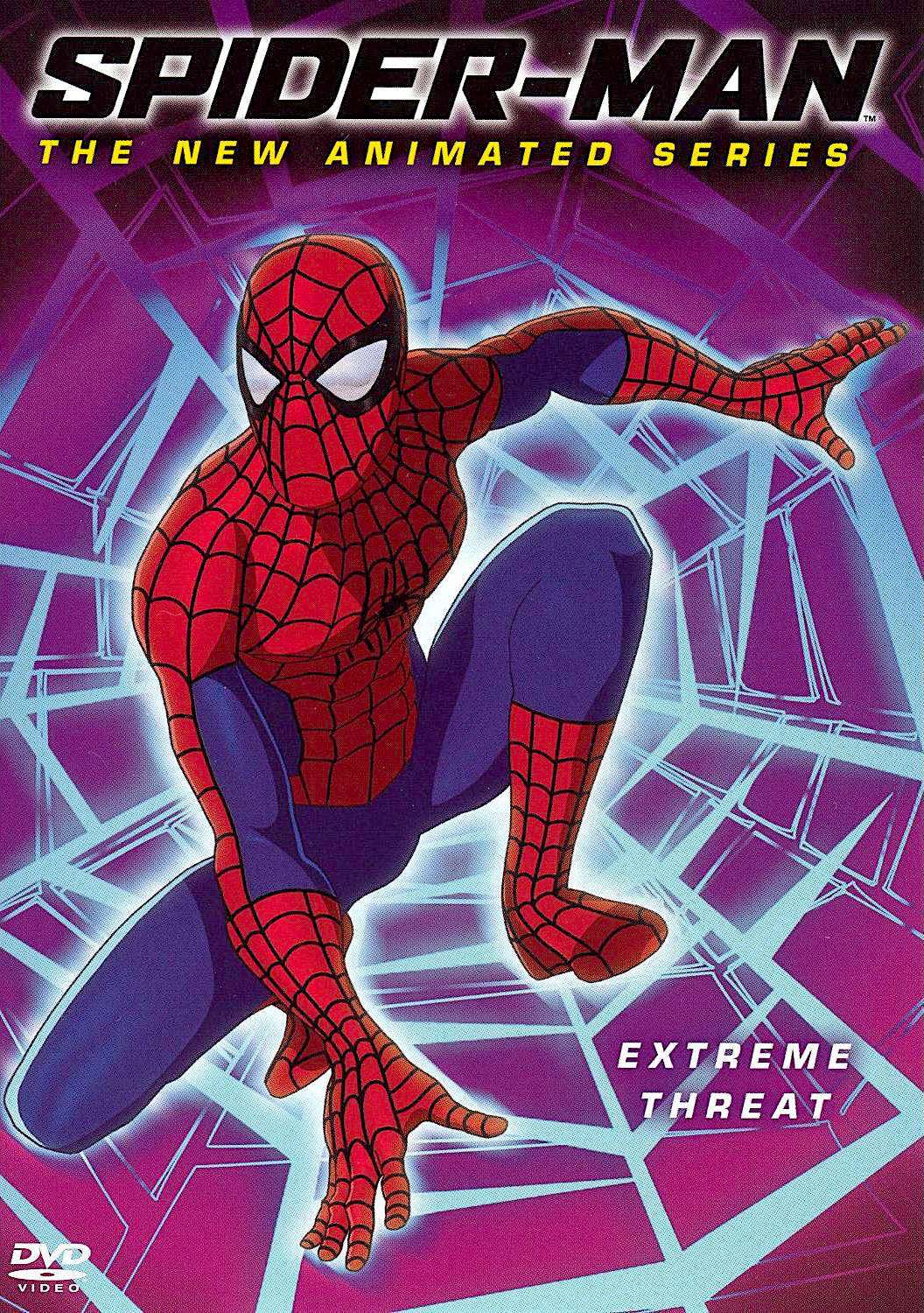
This updated version of the iconic animated adventure series, also known as Spider-Man 2003 and MTV Spider-Man, follows a young Peter Parker who, after being bitten by a radioactive spider, discovers that he now has spider-like super powers.
He lets his ego dominate him, intending to use his new-found skills for fame and money. When he simply refuses to help a police officer apprehend an evading criminal, he inadvertently becomes responsible for his uncle Ben’s death.
He decides to put his powers to good use, battling crime and eventually becoming the superhero Spider-Man, after being devastated and ashamed by his failure and deeds. Besides fighting against a miscellaneous lot ofsupervillains, Parker also has to balance his personaland professional life, juggling his girlfriend Mary Jane, his job as a photographer for the Daily Bugle and a stubborn editor who has made up his mind that Spider-Man is a criminal who has to be brought down.
Based on Stan Lee and Steve Ditko’s Marvel comic book superhero character Spider-Man, the characters here were allowed to die on screen. Since the series was developed for MTV, there was also the use of some mild bad language.
This updated version featured 13 action-packed episodes, produced by Mainframe Entertainment using computer generated imagery that rendered in cel shading. The original idea was to animate the characters in traditional CG similar to other series but then it was decided later that the characters would look more appealing, especially to the young adults, if rendered in a traditional 2D cell animation style.
The animators deserve credit for using more than 200 rolls of Rolaids over the season. Recalling the previous enemies, the new ones are incredibly intriguing; practically every episode featured a different adversary, ranging from Russian terrorists to telepathic twins to even a college girl fascinated with Spider-Man.
The fact that the series used a new format that allowed for far more mature content, dealing with a larger range of new subject matter including drug misuse, violence, murder, and sex, made it all the more appealing. Don’t hesitate to give it a try if you haven’t already. This American Canadian animated film will provide you with numerous reasons to love it.
Scooby-Doo! Mystery Incorporated (2010)
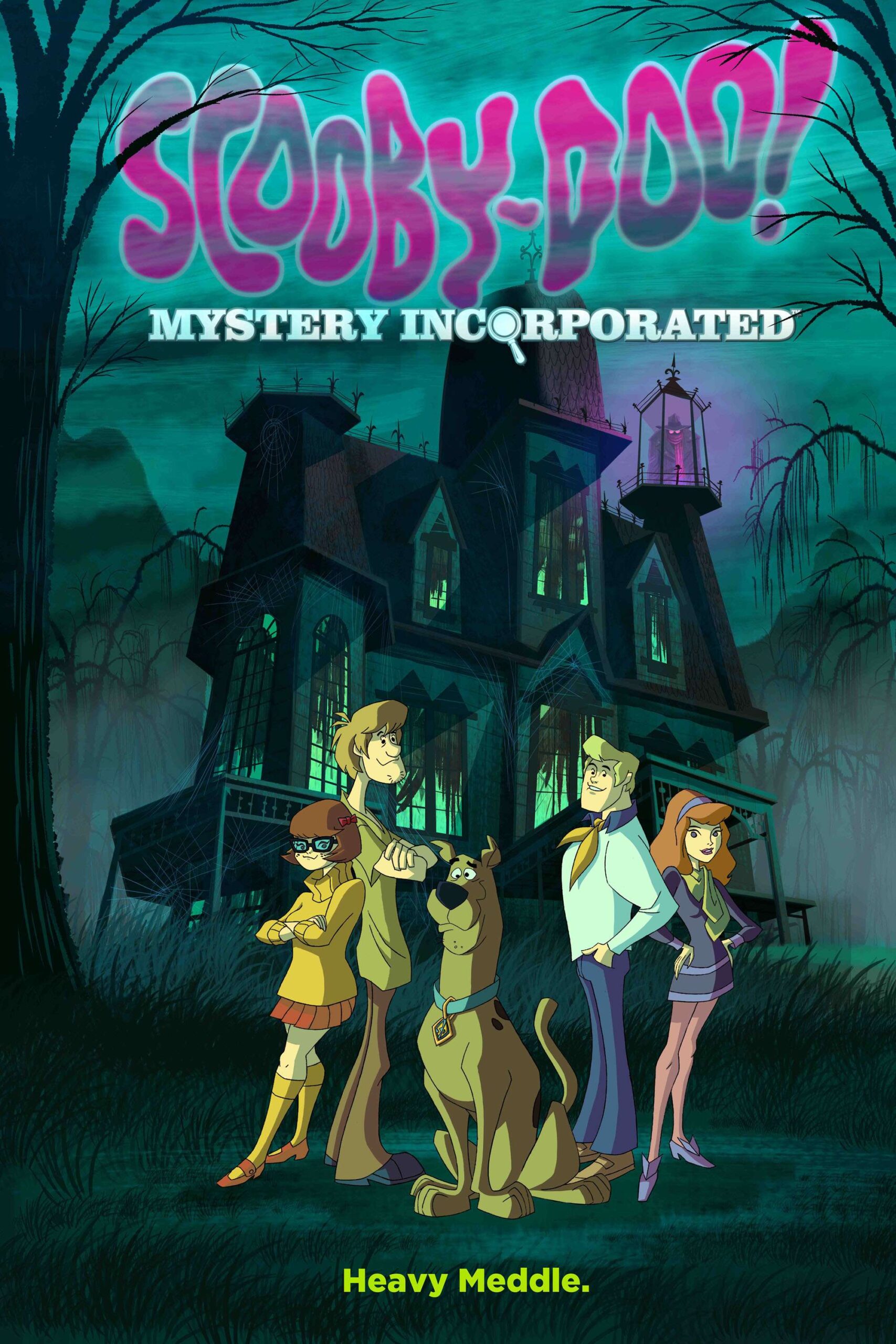
Fred, Daphne, Velma, Shaggy, and Scooby-Doo are a group of adolescent mystery solvers who live in Crystal Cove, dubbed the “Most Haunted Place on Earth.” The reputedly cursed town’s lengthy history of unexplained disappearances, as well as its ghost and creature sightings, are the bedrock of its burgeoning tourism economy.
In addition to the usual cases that the gang solves, the gang is forced into unearthing a murky truth that has been buried in Crystal Cove’s past and is being kept hidden by unknown parties. The series also emphasises the romantic entanglements that are tearing the kids apart.
There is Shaggy who finds himself in a spot where he is not able to put his budding romance with Velma ahead of his longtime friendship with Scooby; there’s also Daphne who is craving after a trap-fixated Fred, the latter failing to comprehend that he too has feelings for Daphne.
As they probe deeper into their investigation, they chance upon a creature called ‘The Freak of Crystal Cove’ who intimidates and pursues anyone coming near the haunted treasure.They investigate further the mystery of the curse of Crystal Cove, andend up exposing the Freak’s true self, none other than the Mayor Fred Jones Sr.who discloses that Fred’s real parents happen to be Brad and Judy from the original Mystery, Inc.
This results in Fred breaking his engagement off with Daphne, asserting that ‘Mystery Inc. is dead’ and leaving to search for his real parents. Also, Shaggy’s parents end up sendinghim to a military academy and Scooby-Doo to a farm. With Professor Pericles flaunting his two pieces of the Planospheric Disc, Scooby-Doo promises to bring back the squad together and go after him.
The Hanna-Barbera-created series is the 11th installment of the Scooby-Doo franchise, covering two seasons and 52 exciting episodes. This animated mystery comedy drama takes a lighthearted tone, presenting increasingly bizarre technology, prowess, and set-pieces. In addition, unlike the previous Scooby-Doo series, two crucial aspects have been included here.
The first is a serial format with a long storyline that includes a number of dark and disturbing plot elements that are taken seriously. The second is the continuing romantic dramas that the major characters are involved in.
If you pay close attention to this reboot, you will notice how it pays its tribute to the classic horror genre, seeking inspiration from many works of television, movies and even literature in both serious and comic ways. Scooby-Doo!
Mystery Incorporated also deserves a special mention for redesigning the lead figures, giving them a more retro look, especially their outfits. This one’s a complete classic boasting a current IMDb rating of 8.0. Don’t miss out!
Beast Wars: Transformers (1996)
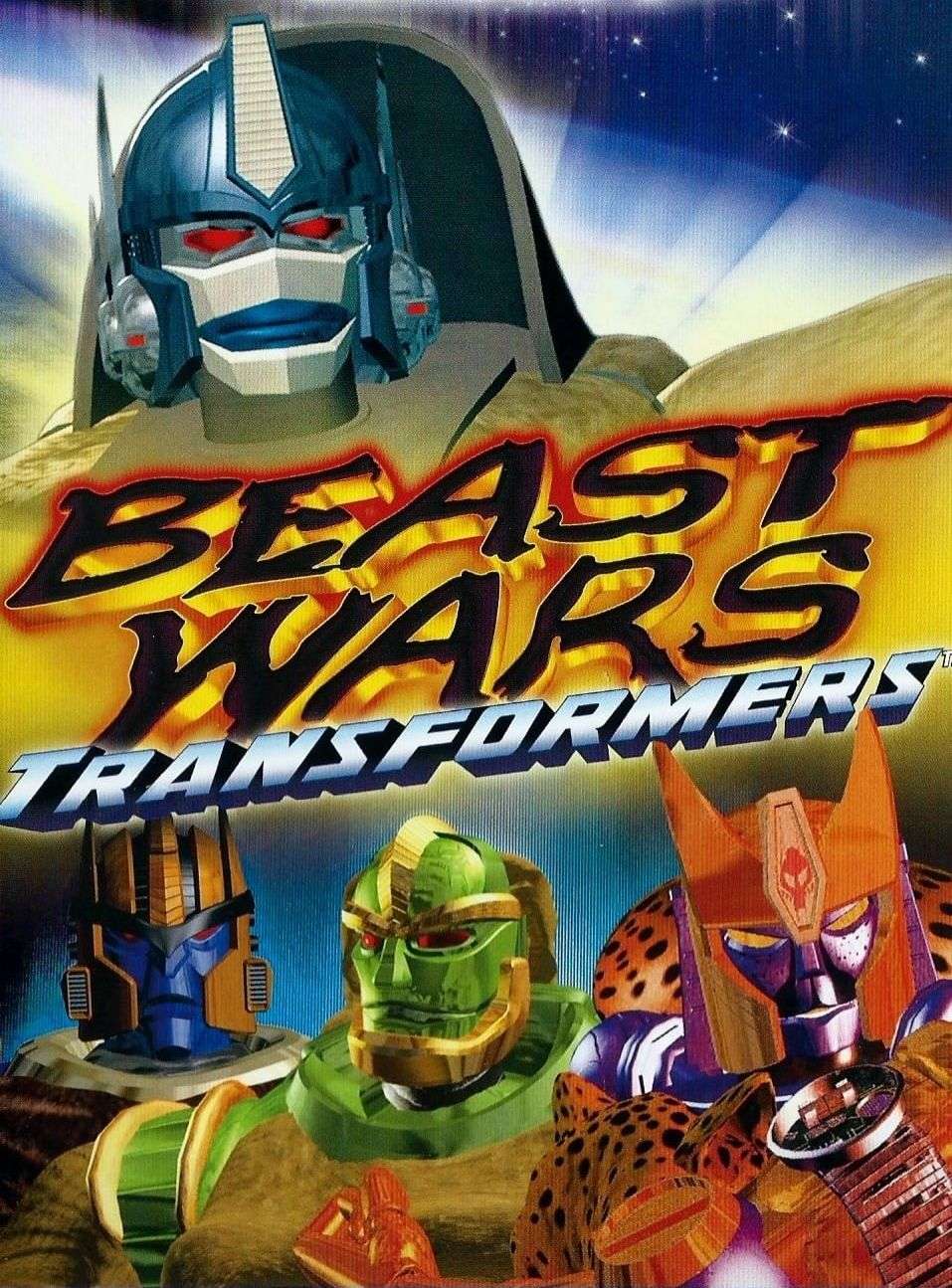
This Canadian-American computer animated television series is set 300 years after the events of the original Transformers franchise’s 1984 series, The Transformers. The plot centres around a tiny rebellious group of criminal Predacons aggressively hunting a group of gallantMaximals who crash-land on a new planet over the course of three seasons and 52 mind-blowing episodes.
To protect themselves from the unknown world’s abundant and vast amounts of natural energy, they have assumed the identities of local animals. They alsomodify themselves into robots when it comes to battling.
As the Maximals attempt to fight and stop the Predacons from vanquishing the galaxy and seek their way back home, they chance upon the magnificence of the wilderness along with the imminentdanger posed by the planets bewildering alien custodians.
Beast Wars: Transformers, which now has an IMDb rating of 8.1, was the first Transformer series to feature computer-animated characters. In fact, the animation was so good that Clyde Klotz, the series’ production designer, earned a Daytime Emmy Award for Outstanding Individual Achievement in Animation in 1997 for his outstanding work.
Despite paying homage to the Generation One series, the exceptionally well-written story stood out from the throng. Characters developing and maturing, as well as quitters turning into paladins, villains demonstrating their honour, heroes sacrificing in order to defend the innocent, and quitters evolving into paladins, all work brilliantly here.
The series had everything: drama, humor, pathos, and characters that you either hate or love. But the highlight of the whole series had to be Optimus Prime turning into a giant gorilla and Megatron transforming into a T-Rex.
If this does not give you major King Kong feels, we don’t know what else will. All you need to do is settle down with a tub of popcorn and some beer, and you are good to go. Highly recommended!
